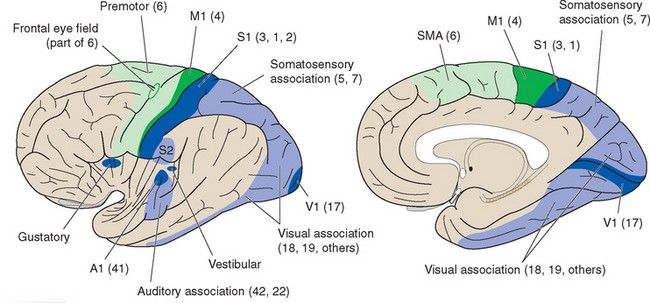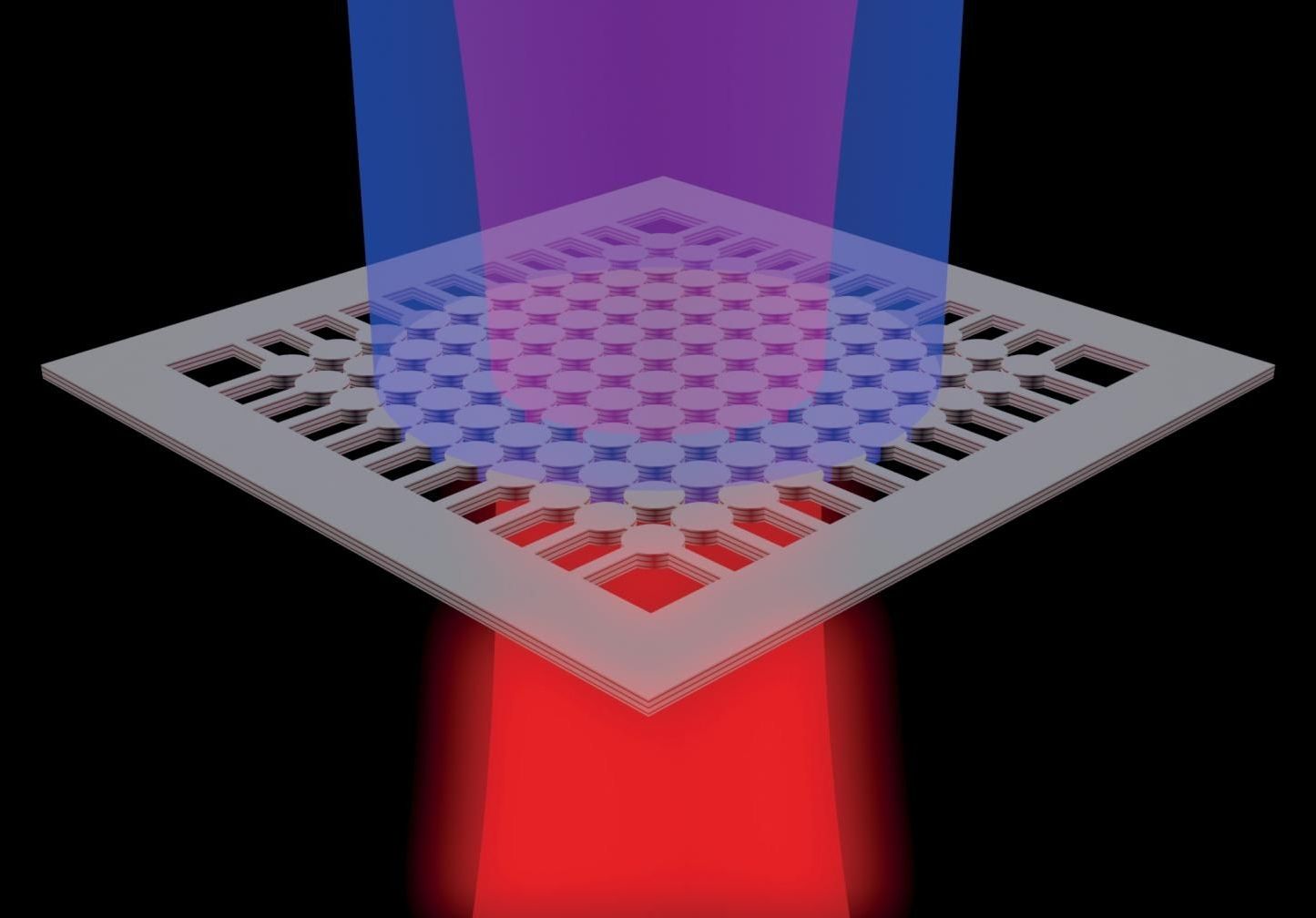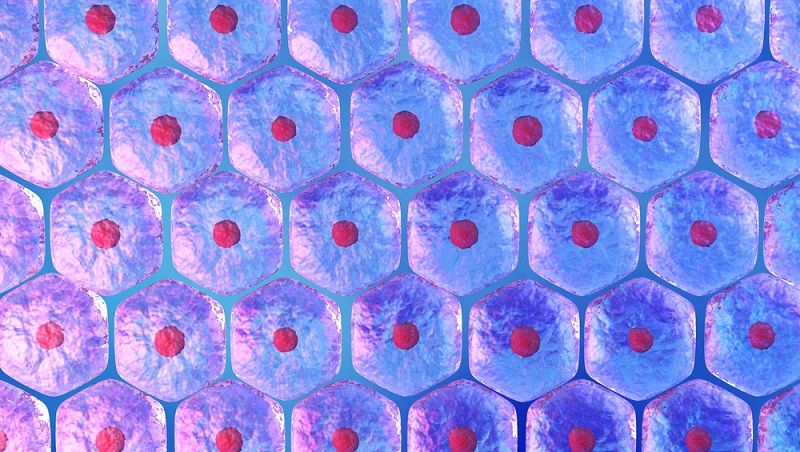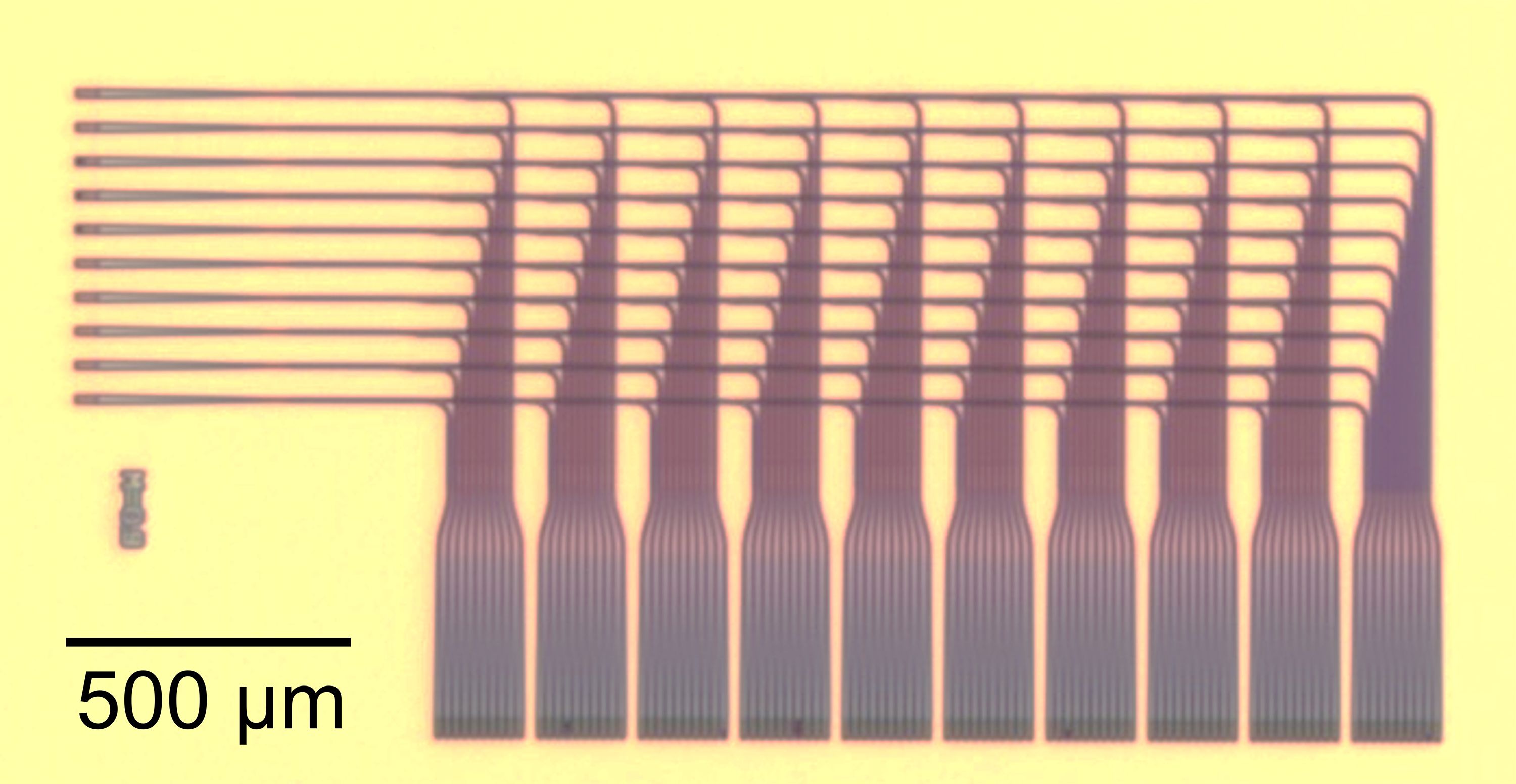Scientists have come up with a prototype keyboard that can recognize different typing styles, provide its own power, and possibly even keep itself clean.



The production problems Tesla has faced with its Model 3 have been well documented. Now, sources say the company is facing similar issues with its solar roof tile initiative. According to Reuters, former and current employees have revealed that assembly line problems, plus CEO Elon Musk’s exacting aesthetic demands, has delayed production, causing tension with partner Panasonic, and rattling officials that are keen to see a return on significant state investment.
The “Solar Roof,” produced at Tesla’s factory in Buffalo, New York, is designed to look like and function as a regular roof while also generating energy. According to sources, technical challenges have delayed production, as has Musk’s design plans. Speaking to Reuters, one source said that “Aesthetic look is the key point that Elon is not always satisfied with. That’s the big issue.”
Neither Tesla nor Reuters’ sources have revealed current production figures for the roof tiles, but the delays are such that Panasonic — which the initiative depends on for solar components — has been forced to find other buyers for the parts it had built to sell to Tesla. According to a former Panasonic employee, the company has been shipping “large volumes” of its photovoltaic cells as samples to other prospective buyers, due to low demand from Tesla. Panasonic declined to comment on the issue, stating only that it “believes Tesla will use Panasonic cells when it mass-markets the Solar roof.”


Researchers at the University of California San Diego have demonstrated the world’s first laser based on an unconventional wave physics phenomenon called bound states in the continuum. The technology could revolutionize the development of surface lasers, making them more compact and energy-efficient for communications and computing applications. The new BIC lasers could also be developed as high-power lasers for industrial and defense applications.
“Lasers are ubiquitous in the present day world, from simple everyday laser pointers to complex laser interferometers used to detect gravitational waves. Our current research will impact many areas of laser applications,” said Ashok Kodigala, an electrical engineering Ph.D. student at UC San Diego and first author of the study.
“Because they are unconventional, BIC lasers offer unique and unprecedented properties that haven’t yet been realized with existing laser technologies,” said Boubacar Kanté, electrical engineering professor at the UC San Diego Jacobs School of Engineering who led the research.

Today, we were pleased to hear that Samumed, a San Diego-based biotech company working on regenerative medicine, has just raised $438 million towards developing anti-aging therapies.
SAN DIEGO – August 6, 2018 – Samumed, LLC, announced today that it has closed its A-6 Round of equity issuance with $438 million, bringing its total equity raised to date to more than $650 million. The pre-money valuation for the round was $12 billion.
“We appreciate the strong support from our investors,” said Osman Kibar, Ph.D., Chief Executive Officer of Samumed, “and we are now in a fortunate position to both move our later stage programs to commercialization, as well as expand on our earlier stage science and clinical portfolio.”

Researchers at the National Institute of Standards and Technology (NIST) have made a silicon chip that distributes optical signals precisely across a miniature brain-like grid, showcasing a potential new design for neural networks.
The human brain has billions of neurons (nerve cells), each with thousands of connections to other neurons. Many computing research projects aim to emulate the brain by creating circuits of artificial neural networks. But conventional electronics, including the electrical wiring of semiconductor circuits, often impedes the extremely complex routing required for useful neural networks.
The NIST team proposes to use light instead of electricity as a signaling medium. Neural networks already have demonstrated remarkable power in solving complex problems, including rapid pattern recognition and data analysis. The use of light would eliminate interference due to electrical charge, and the signals would travel faster and farther.
Ichor Therapeutics, a life science company in Lafayette, New York, is one of the big players in the world of rejuvenation biotechnologies. Since its founding in 2013, it has been growing and expanding its portfolio of companies working on therapies against the diseases of aging; on August 1, 2018, Ichor announced the formation of its strategic fund, Grapeseed.bio.
What is Grapeseed.bio
This new fund and accelerator program is meant to provide young life science startups with seed funding up to $100,000, technical training, mentorship, and full access to Ichor’s large research laboratory.


The United States is still the preeminent location for scientific research, but this is not a given, and we should not take it for granted. The new policies being implemented by China, and especially their ambition to attract outside talent, could quickly drain the lifeblood of our scientific institutions. Without a determined effort to attract, support, and retain leading researchers, we cannot expect to drive the breakthroughs, technologies, and medicines of the future. Massachusetts has admirably made a strong commitment to biotechnology through the Life Sciences Initiative. But will this be enough to sustain the scientific ecosystem of the entire country?
The United States is in danger of losing its primacy in scientific research.
Don’t Miss This! We’re introducing you to the first astronauts who will launch from U.S. soil since the final Shuttle mission in 2011. Join us live starting at 11 a.m. EDT on Friday, Aug. 3 to meet the Commercial Crew astronauts who will fly on The Boeing Company and SpaceX capsules to #LaunchAmerica to the International Space Station.